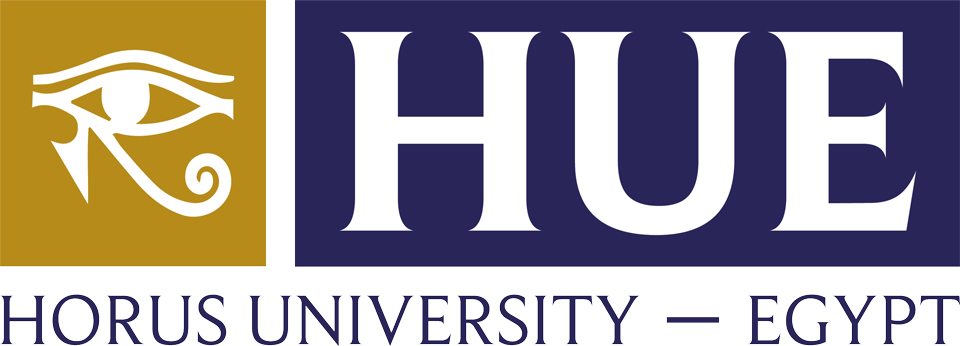The relationship between the market price and the par value providesinsights into investor sentiment and market dynamics. A bond’s par value, also known as face value ornominal value, refers to the predetermined value assigned to the bond at thetime of issuance. It represents the amount that the bond issuer promises torepay to the bondholder upon maturity.
Investors who buy bonds obtain a key piece of information that the purchasers of most other investments don’t get—they know precisely how much money the bonds will be worth when they mature. This amount is known as the par value of a bond or the face value of a bond, and unlike the bond’s “market value,” it does not fluctuate over time. Book value is the net value of a firm’s assets found on its balance sheet, and it is roughly equal to the total amount all shareholders would get if they liquidated the company. Book value will often be greater than par value, but lower than market value.
Subscribe to Kiplinger’s Personal Finance
The relationship between a bond’s nominal value and YTM is essential in determining the bond’s market price. When YTM exceeds the coupon rate (nominal interest rate), the real value of the bond falls below its face value, indicating that it is selling at a discount to par or below par. Conversely, if the YTM is lower than the nominal interest rate, the bond’s real value is higher than the face value, suggesting that it is selling at a premium to par or above par.
Since corporate bond prices trade relative to a bond’s par value, bond prices enable investors to assess their relative value compared to other corporate bonds. Investors cannot assess the relative value of bond funds and ETFs since they trade based on a value per share that is not anchored to a metric similar to a bond’s par value. The dollar value of bond interest and preferred-stock dividend payments are based on the par value. Knowing the par value is essential for investors to calculate and compare the returns of different bonds and preferred stocks. That’s because shareholders’ equity includes paid-in capital retained along with the par value of common and preferred stock. The values signify the par value of a stock at the time of the transaction—not how to calculate your accounts payable ap cost per invoice their fair market values (FMV).
Par Value Stock
Nominal value is a crucial concept in finance and economics, representing the stated or face value of a security. This section aims to answer some frequently asked questions about nominal values, their relevance to bonds and stocks, and economic indicators. In finance, stocks do not usually follow this trend since their nominal or par value is an arbitrary number used for balance sheet purposes. The difference between the stock’s market price and the nominal value is known as a share premium and plays no role in determining the share capital. However, it can be substantial, but it is not included in the authorized capital limits.
Par Value for Preferred Stock
Net income offers critical insight into a company’s financial condition and prospects. Discover the 10 best stock market movies to watch today for entertainment and also educational purposes. There is little difference between par value and no-par value stocks in most cases. If both preferred and common exist, then the formula is done separately for both types, then the amount is added together.
As the par value is often no more than a few pennies, it’s a formality to meet certain states’ legal requirements for securities or to help manage taxes for companies. Ultra-low par values also allow founders and early investors to buy shares in startups without expending a lot of capital. As with bonds and preferred stock, the final market value of a common stock has no relationship to its par value. If the coupon rate equals the interest rate, the bond will trade at its par value. If interest rates rise, the price of a lower-coupon bond must decline to offer the same yield to investors, causing it to trade below its par value. If interest rates fall, then the price of a higher-coupon bond will rise and trade above its par value since its coupon rate is more attractive.
In summary, a solid grasp of nominal value is vital for investors and financial professionals dealing with bonds, stocks, and economics. It plays an essential role in various calculations, allowing for a better understanding of the underlying security or economic situation. Understanding the nuances between nominal and market values is crucial for investors to make informed decisions regarding buying, selling, or holding securities.
Trump administration officials have argued that the higher costs from tariffs are worth it for the increase in manufacturing jobs that would be created over the long-term. Some companies, including Target, Best Buy and Hyundai, have said they would pass some of the higher costs of the tariffs along to their customers. Walmart, meanwhile, has sought to pressure its Chinese suppliers to lower their costs in anticipation of the tariffs — and has been met with resistance. The same process applies to a manufacturer bringing in parts or raw materials to make a finished product at a U.S. plant or a food distributor importing fresh produce to sell to U.S. grocery stores.
- Thomas’ experience gives him expertise in a variety of areas including investments, retirement, insurance, and financial planning.
- But it’s a framework for determining the market value of a particular bond.
- The principal in a bond investment may or may not be the same as the par value.
- In this context, the term “security” refers to a financial instrument representing ownership, a debt agreement, or rights to ownership that can be bought and sold.
- For preferred stock, it’s the value that dividend payments are based on.
- Investors should consider a range of factors, including marketconditions, financial performance, risk assessments, and future prospects, whenmaking investment choices.
Par value of stocks
Companies set a par value for their common stock because they are often legally required to do so. In the case of common stock, it just represents a legally binding contract that the stock will not be sold below a certain price, like $0.1 per share or $0.01 per share, etc. Moreover, the par value of a common stock often doesn’t have any connection with its dividend rate.
Learn directly from the world’s top investors & entrepreneurs.
- A stock’s par value states the minimum amount the company will sell its shares for.
- Higher additional paid-in capital can indicate strong investor confidence, influencing stock valuation and investor relations.
- Moreover, the par value of a common stock often doesn’t have any connection with its dividend rate.
- The dollar value of bond interest and preferred-stock dividend payments are based on the par value.
- Say you purchased a new bond from an issuer with a par value of $1,000—a very common par value for bonds—with a coupon of 4%.
- This avoids any potential legal liability if the stock drops below its par value.
The par amount, or face value, of a bond represents the amount the issuer agrees to repay at maturity and determines interest payments, expressed as a percentage of the par amount (the coupon rate). For instance, a bond with a par value of $1,000 and a coupon rate of 5% pays annual interest of $50, offering predictable cash flow for investors. Common-stock par value is shown on the stock certificate and is established by the board of directors at the time the stock is issued.
Credit Card Annual Fees: The Hidden Cost of Miles & Perks
Examples of securities include stocks, bonds, options, futures, and mutual 56% of employees take a lunch break of 30 minutes or less funds. Par Value, otherwise known as Face Value or Nominal Value, is the value of a security as stated by the issuing entity. A security is often offered for this standard denomination of money, which may or may not correspond to its current market value. And while you may know exactly how much money you’re going to receive on a future date, if inflation rates skyrocket, that dollar figure might be worth less than you had anticipated.
For instance, a preferred stock with a face value of $25 per share would mean that each dividend payment is determined based on this amount. Understanding nominal and real values is essential when discussing exchange rates as they provide insights into a country’s international competitiveness. While nominal exchange rates reflect the current monetary value, real exchange rates account for inflation rate differences between countries. In this section, we delve into the significance of Nominal Effective Exchange Rate (NEER) and Real Effective Exchange Rate (REER). Par values are typically used as pricing measures for bond and preferred stock buyers. Investors buy and sell bonds at prices that are above par (at a premium), below par (at a discount), or at par.
If YTM is higher than the coupon rate, you’d make temporary accounts more money holding the bond to maturity than you would if you had bought it at face value. YTM is also useful because it can allow you to determine which bonds would give you the best total ROI. A bond’s market value, meanwhile, is the price you’d pay to buy the bond in the secondary market from someone who isn’t the original issuer. When you buy a bond in the secondary market, your effective rate of return differs from the fixed interest rate. When you buy bonds, you’re lending money for a set amount of time to an issuer, like a government, municipality or corporation.
In contrast, preferred stocks typically have nominal values close to their market values. Preferred stocks represent a class of hybrid securities that come with specific features combining elements of both bonds and common stocks. They offer investors fixed dividends and, unlike common stocks, do not provide voting rights or ownership stakes in the issuing company. The nominal value or par value plays a crucial role when dealing with preferred stocks as it determines the amount paid for each share and serves to calculate dividend payouts. Par value, also known as face value or stated value, refers to the minimum amount of money at which a security can be issued or redeemed.
To gain a more accurate comparison, economists use real values, which factor in changes in purchasing power. As shown in Figure 1, par value is the anchor of the bond pricing scale. Throughout the life of a corporate bond, the market price can fluctuate to where the bond becomes a discount bond or a premium bond. The key rule around bond pricing, however, is that, on the bond’s maturity date, the bondholder receives the bond’s $1,000 par value. The line items used for its reporting in the statement of cash flows are “issuance of common stock,” if the common shares are sold, and “issuance of preferred stock,” if the preferred shares are sold.

